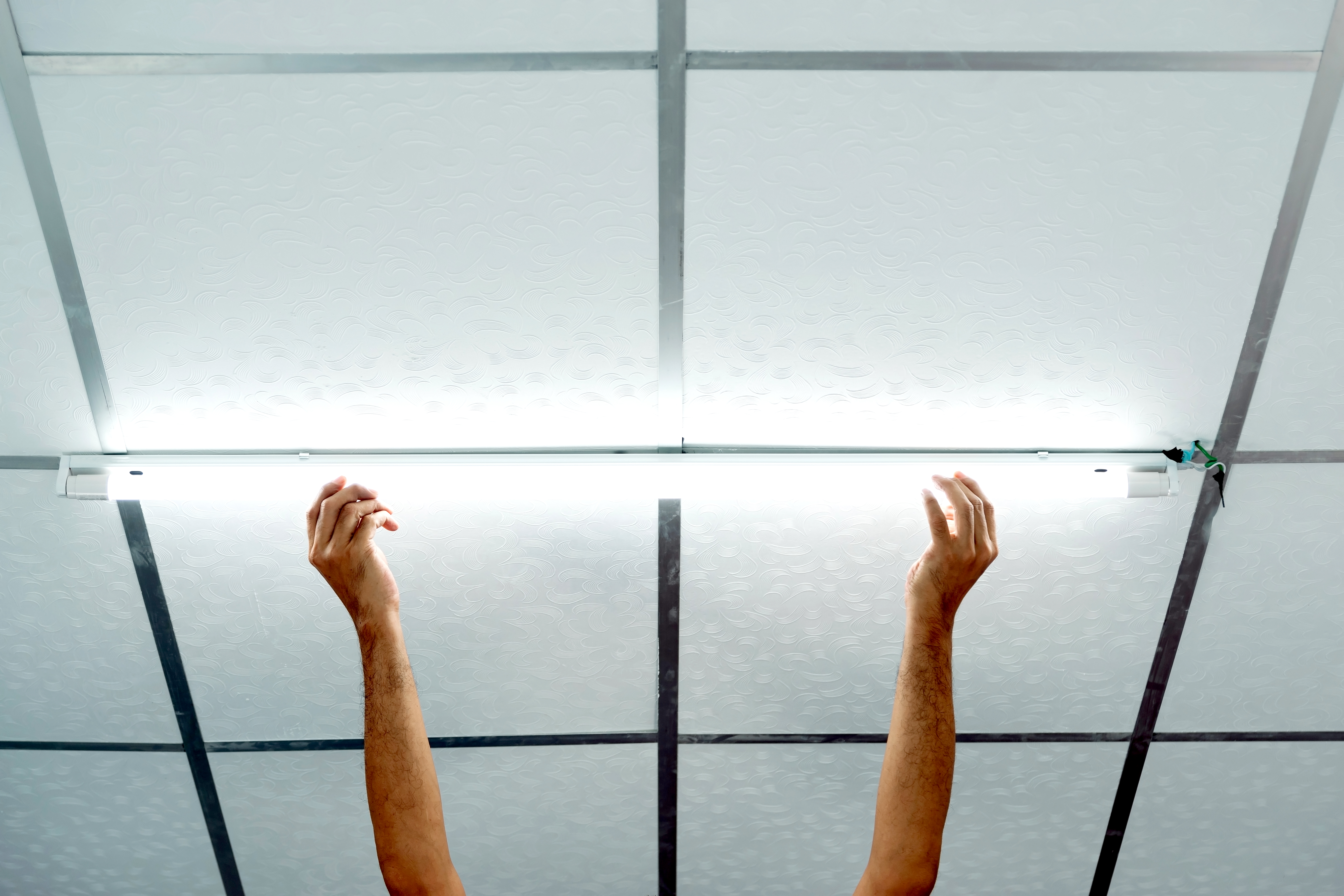9 Earth-Friendly Moves for Commercial Property Maintenance Managers

As a property maintenance manager, you understand that sustainable, environmentally responsible choices can have a positive impact on both the planet and your financials. Whether you’re saving energy or conserving water, investing in sustainable options for your commercial property can make a significant impact. Here are nine sustainability upgrades to consider for your commercial properties. Sustainable, environmentally responsible choices can positively impact both the planet and your financials. Commercial properties in particular have plenty of room for improvement, especially when it comes to energy conservation. According to the EPA, 30% of the energy used by commercial buildings is wasted.
But whether you’re saving energy or conserving water, investing in sustainable options for your commercial property can make a significant impact. Keep in mind that most sustainable initiatives require some upfront investment, but those efforts can improve returns over the long term - both for your business and the environment. Here are nine green upgrades to consider for your commercial properties.
1. Motion detectors and timers
Installing motion detectors in low-traffic areas and restrooms at your commercial properties can help slash your energy bills while making your facilities safer. Light timers automatically turn off lights in areas where they aren’t needed (at night and on the weekends) to boost energy conservation. And motion detectors can help ensure you’re lighting pathways for employees who work after dark and that security staff can be alerted to unknown after-hours visitors without having to leave the lights on 24/7.
2. LED lighting
Lighting accounts for approximately 17% of all electricity used by commercial buildings in the U.S. Making the switch to LED lighting for both your buildings and your parking lot lighting can lead to cost savings because they require much less energy—90% less energy, in fact. Plus, you may qualify for technical support and financial incentives when you upgrade your commercial properties, so be sure to ask your energy provider about any available offers.
3. Solar
While solar conversions are a substantial investment, they can significantly benefit commercial property owners over time. And beyond the obvious energy savings, some perks could make going solar more enticing, including potential federal and state incentives as well as the ability to claim an energy-efficient commercial buildings deduction for buildings that improve their energy efficiency by at least 25%.
4. Plumbing fixtures
Upgrading outdated fixtures like sinks and toilets should be high on your list of conservation priorities. For example, replacing flushometer-valve toilets with WaterSense models could save a 10-story commercial building with 1,000 occupants nearly 1.2 million gallons of water and close to $10,000 a year.
5. Landscaping
When you approach landscaping for your commercial property with your local climate in mind, you’ll unlock cost savings and environmental benefits. In fact, you can reduce your landscaping water use by as much as 20% to 50% by choosing native plants, flowers and shrubs and opting for perennials over annuals (which require more water and maintenance).
6. Dedicated water meters for irrigation
Installing a dedicated meter for irrigation at your commercial properties makes sense on multiple fronts. First, it arms you with information about how much water on your commercial property is being used specifically for landscaping. And second, you can then use it to monitor water use and decrease your monthly sewer water costs.
7. Green insulation
Insulation is inherently designed to help conserve energy, but some greener insulation options can reduce or eliminate toxic chemicals like formaldehyde and some flame retardants found in conventional insulation and make use of recycled materials.
Different types of insulation can have varying environmental impacts—based on how they are produced, the materials they’re made of and how effectively they can be recycled. So when you’re determining the right green insulation for your commercial properties, be sure to consider your specific performance requirements, such as temperature ranges in your area, how the space is utilized and your project scope.
The Insulation Institute offers a helpful at-a-glance overview of environmental impact and related considerations.
8. Permeable pavement
According to the EPA, traditional pavement alternatives like pervious asphalt and concrete, interlocking pavers and plastic grid pavers can aid in water conservation by decreasing runoff. In addition, permeable pavements help remove pollutants and may also decrease reliance on pavement salt, as well as lower construction costs by eliminating the need for some traditional drainage features.
9. Cool roofs
By reflecting more sunlight and absorbing less heat, the latest “cool” roof coatings can help reduce your energy budget as well as mitigate the effects of heat islands, urban areas where temperatures climb higher than their surrounding areas, and decrease air pollution and greenhouse gas emissions. Costs for cool versus traditional roof coatings are comparable, and cool roofs on commercial properties could provide an average yearly net savings of nearly 50 cents per square foot, according to the EPA.
Get Started Today
If you’re considering environmentally friendly upgrades for your commercial properties but aren’t sure where to start, an energy audit with a qualified energy auditor is a great first step to identify potential areas for increased efficiencies. The Association of Energy Engineers provides a directory of certified professionals, or you can always check with your local utility company. Then contact MCS or Chain Store Maintenance to learn more to begin implementing these important programs.
Get More Ideas
Download our FREE ebook, 25 Ways to Save on Maintenance at Your Commercial Properties, for more ideas on making improvements at your facilities.


